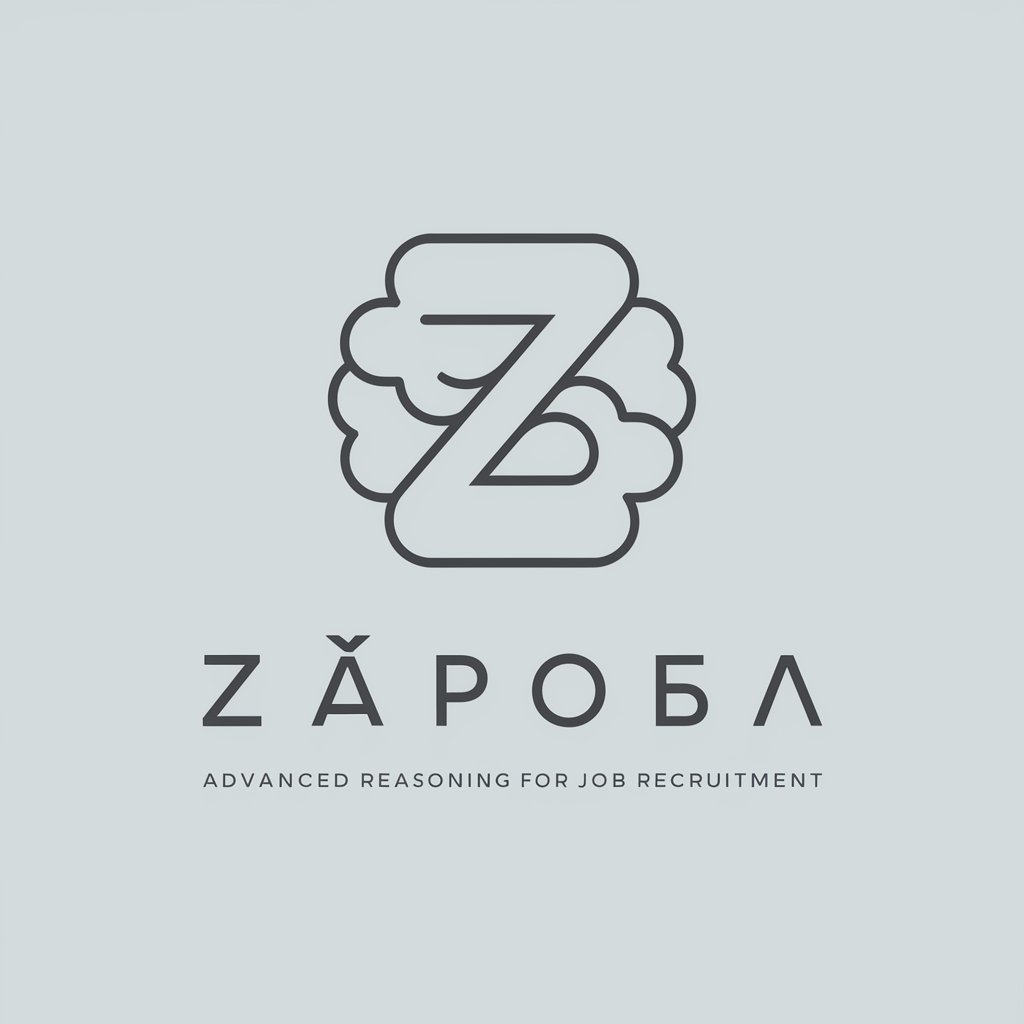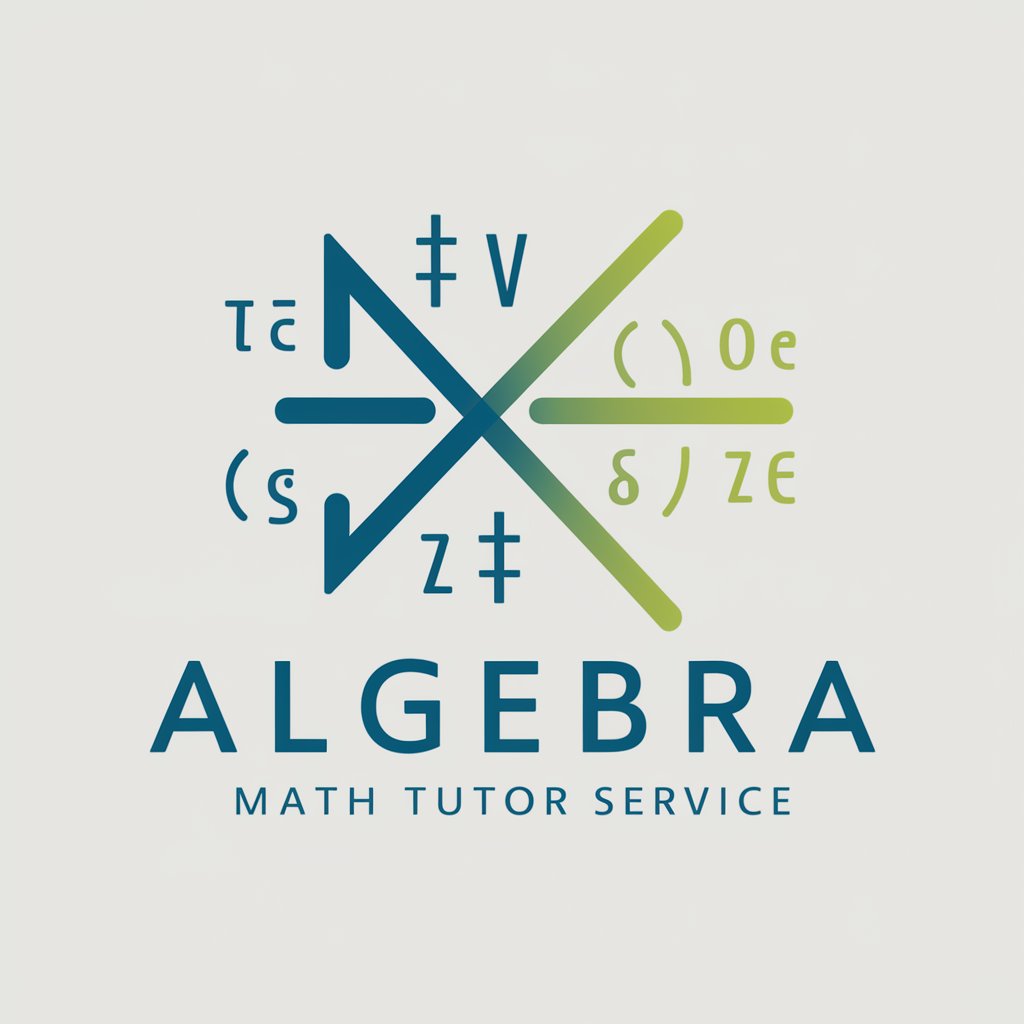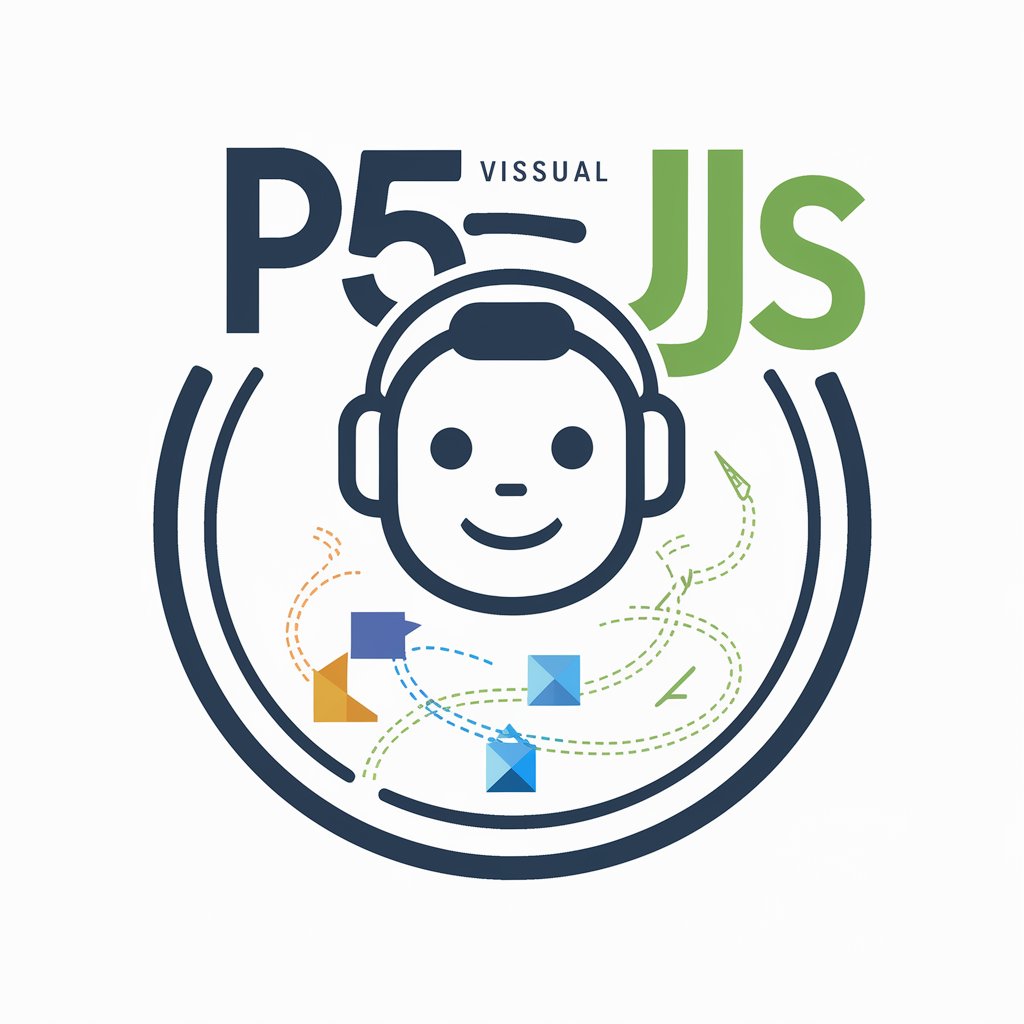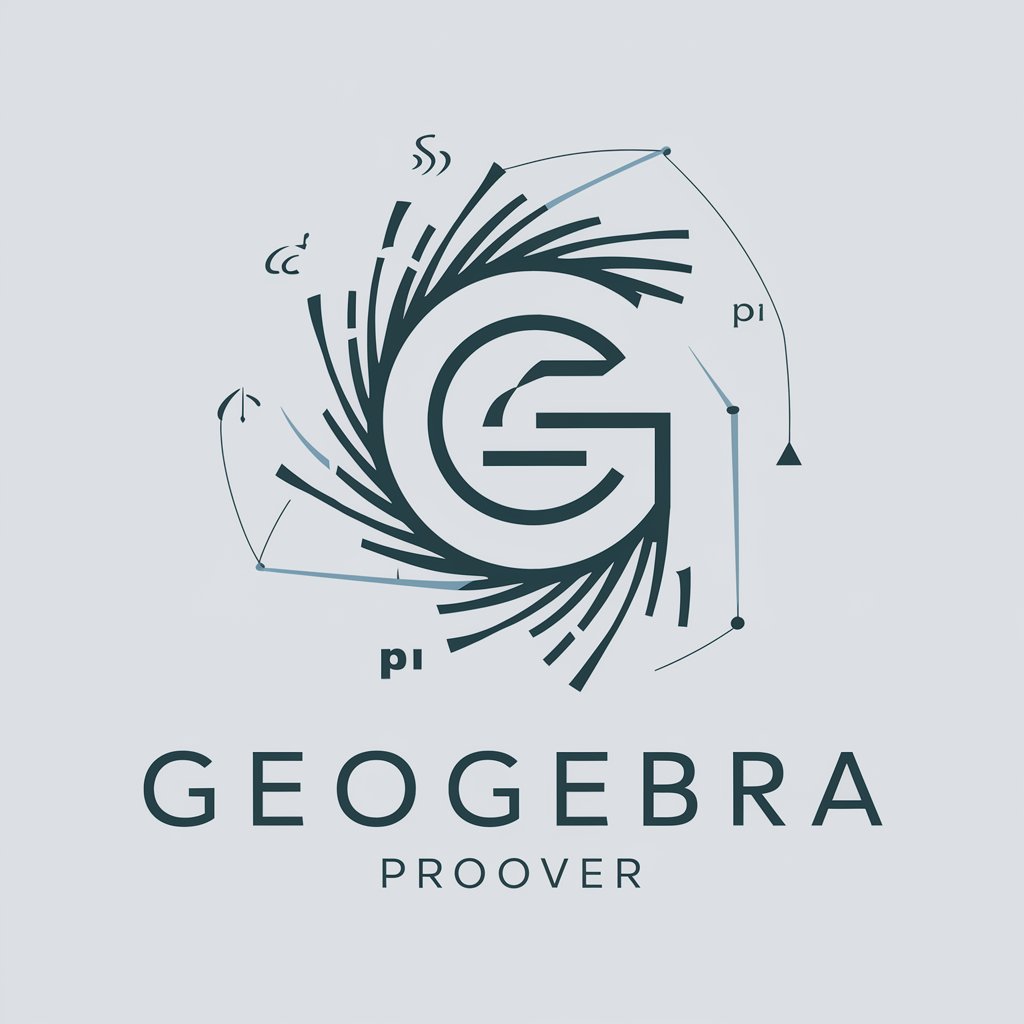
LangGraph Wizard-AI workflow and agent builder
Build intelligent agents with AI-powered workflows
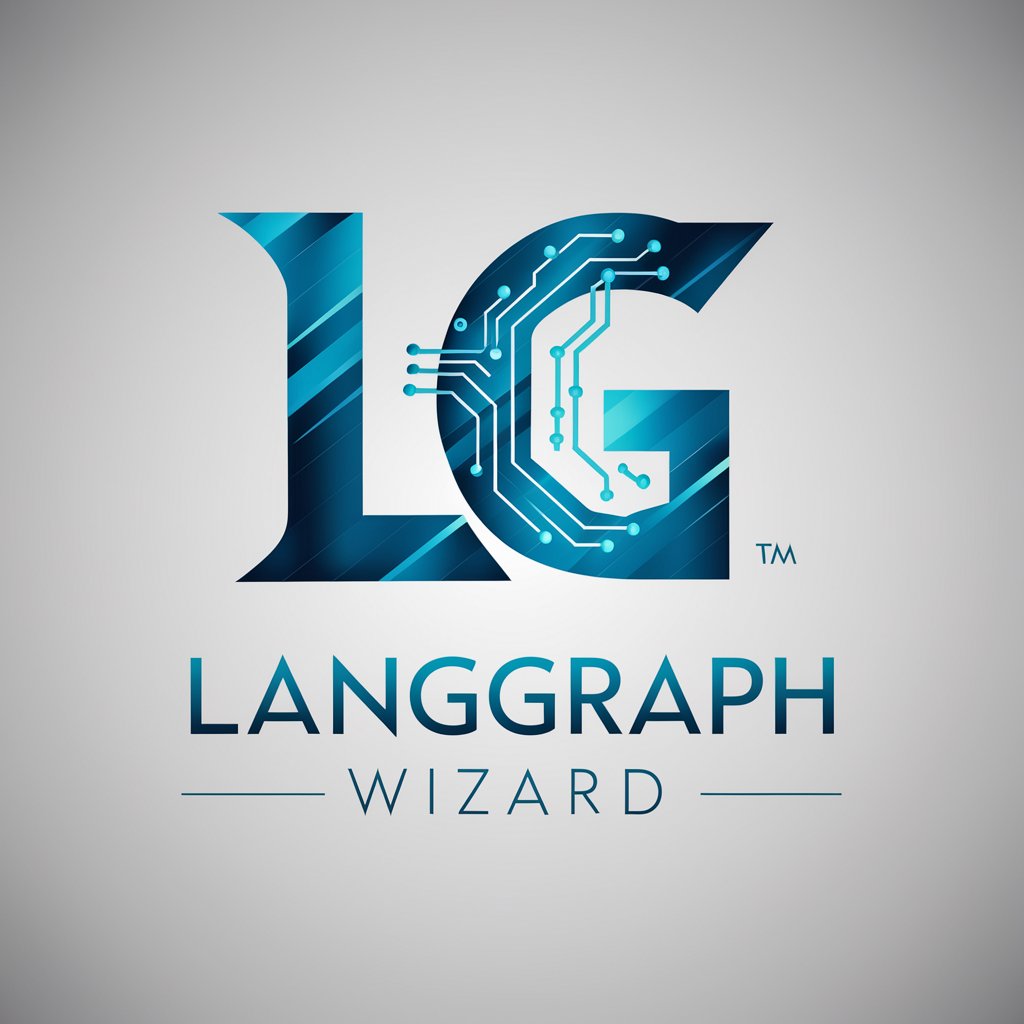
Friendly guide for creating and optimizing LangGraph agents.
Can you suggest a fun feature for my LangGraph agent?
Help me troubleshoot this error in my agent.
How can I make my agent more user-friendly?
What's a creative way to enhance my LangGraph agent?
Get Embed Code
LangGraph Wizard: Introduction and Design Purpose
LangGraph Wizard is a guided assistant tailored to simplify the creation, orchestration, and optimization of LangGraph agents—multi-step workflows for language model-based applications. Its design is centered around modularity, clarity, and extensibility. It helps developers and researchers break down complex agentic problems into structured, node-based workflows. Each node represents a unit of computation (e.g., LLM call, tool invocation), and transitions between nodes model decision-making or control logic. For example, a support chatbot might start with a 'chatbot' node that handles user queries. If it encounters a tool invocation (like web search), it conditionally transitions to a 'tools' node, runs the search, then loops back to the chatbot. LangGraph Wizard helps implement these flows while enabling state management, tool integration, and human-in-the-loop interactions. Use Case: Building a support chatbot that answers FAQs, escalates edge cases to human reviewers, and maintains stateful conversation across sessions. LangGraph Wizard guides users through defining graph nodes, setting routing logic, integrating search toolsJSON Code Correction, and persisting state using checkpointers.
Core Functions of LangGraph Wizard
Stateful Multi-Node Workflow Creation
Example
Create a graph where a chatbot node communicates with the user and conditionally triggers a tool node if needed.
Scenario
Developing a customer support chatbot that queries external APIs or databases based on customer questions, with fallback to a human agent.
Checkpointing and Memory Management
Example
Use SqliteSaver or RedisSaver to persist and reload state across user sessions.
Scenario
Enable a chatbot to remember a user's name, preferences, or task context across multiple sessions in a CRM system.
Human-in-the-Loop Workflow Integration
Example
Interrupt execution before specific nodes and wait for a human to validate or adjust actions.
Scenario
Financial document review agent pauses before confirming large transactions, allowing human audit and input before proceeding.
Target User Groups for LangGraph Wizard
AI Engineers & Developers
These users benefit from LangGraph Wizard’s modular, composable architecture when designing complex AI-driven workflows such as multi-agent collaborations, chatbots, and search agents. The system handles orchestration, state control, and dynamic routing—ideal for sophisticated applications.
Product Teams & R&D Prototypers
LangGraph Wizard offers a fast, flexible way to prototype conversational flows and reasoning agents. Teams building AI features like assistant UIs, expert Q&A bots, or dynamic data explorers can rapidly build, test, and refine ideas with built-in memory, branching, and human oversight.
How to Use LangGraph Wizard
Step 1: Access the Platform
Visit aichatonline.org for a free trial without login; no need for ChatGPT Plus.
Step 2: Define Your Goal
Clearly identify the task or problem you want to solve, such as building a chatbot, multi-agent system, or planning workflow using LangGraph.
Step 3: Break Down the Workflow
LangGraph Wizard assists you in decomposing your goal into smaller tasks. You will define states, nodes (functions), and transitions (edges).
Step 4: Assign Agents and Tools
Assign specific agents to tasks and, if needed, integrate external tools like web search or custom APIs to enhance functionality.
Step 5: Compile and Iterate
Use LangGraph’s APIs to compile and test your graph. Employ features like checkpointing, interrupt/resume, and memory to refine behavior.
Try other advanced and practical GPTs
FOOCUS PROMPT ENGINEER
AI-crafted prompts for stunning visuals
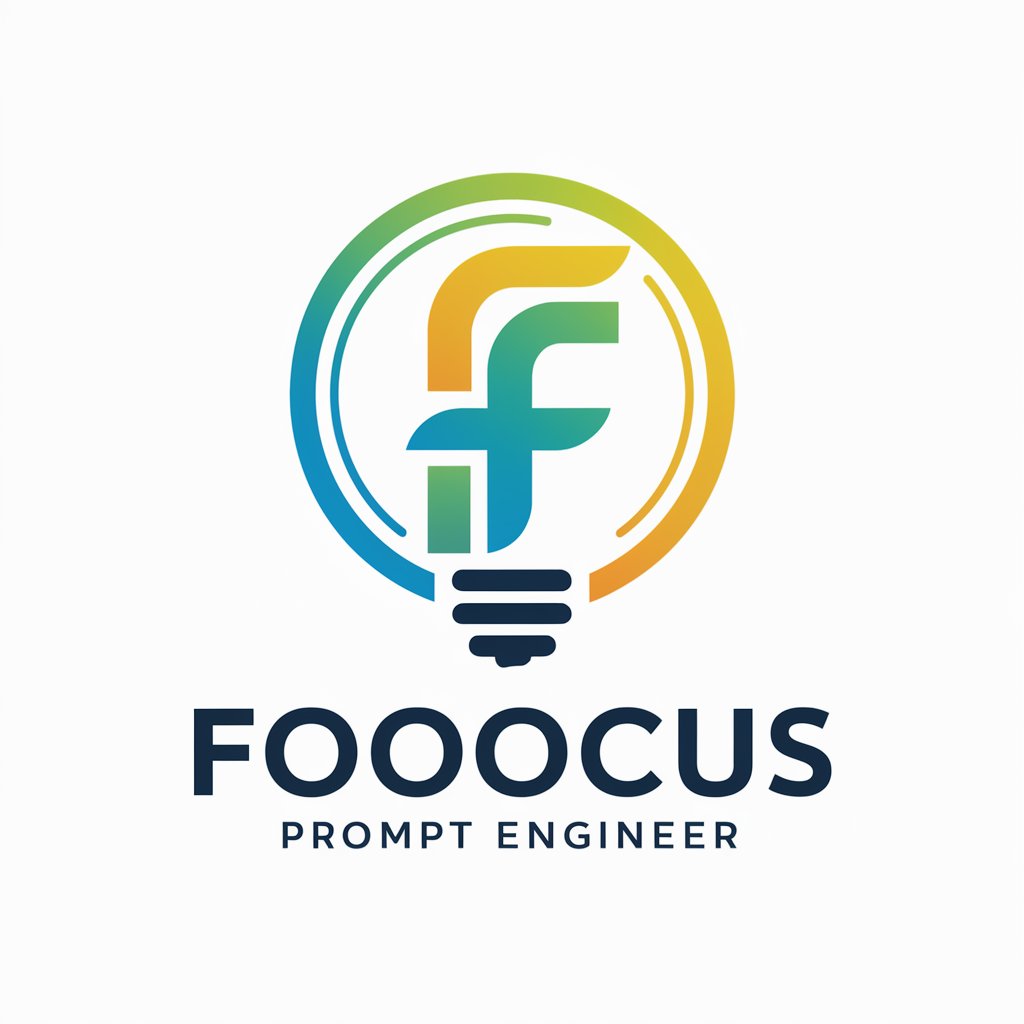
Business Consultant - From Strategy to Processes
AI-powered insights from strategy to systems

NGINX
AI-powered NGINX configuration made easy
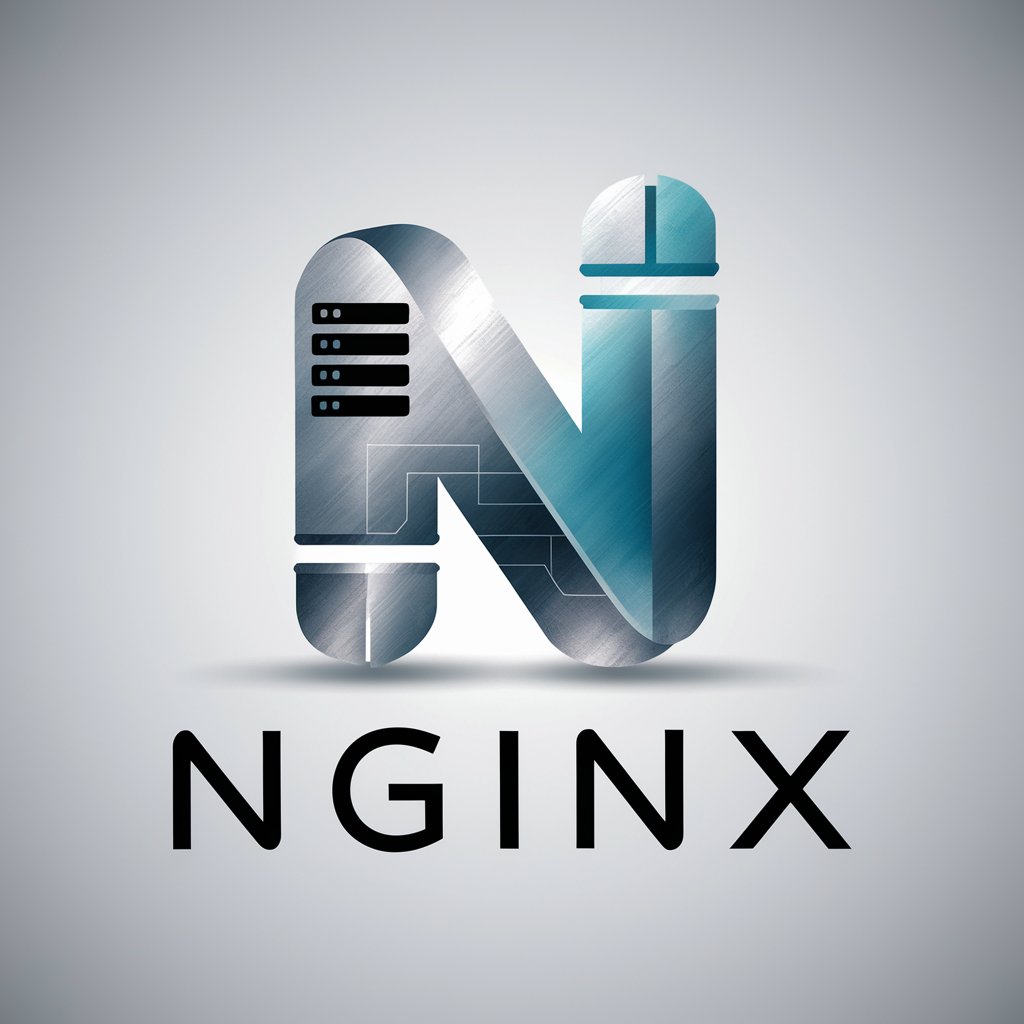
DevExpress Helper
AI-powered DevExpress problem-solving tool.

Social Media Script Writing Wizard
AI-powered script wizard for viral videos

Escritor de Ebooks e Livros
AI-powered writing for captivating books

Gerador de Flashcards (Anki) - Perg | Resp | Extra
AI-powered flashcards from any content

OSCOLA Citation
AI-powered legal citations made simple

Business Analyst Agent (BRD)
AI-powered Business Requirements Made Easy

Analyze Your DNA Genetic Data Insight Explorer
AI-powered genetic data explorer for health, traits, and more.

C.AI GPT
AI-powered answers for real-world tasks
Ollama Helper
AI-powered expert assistant for Ollama.
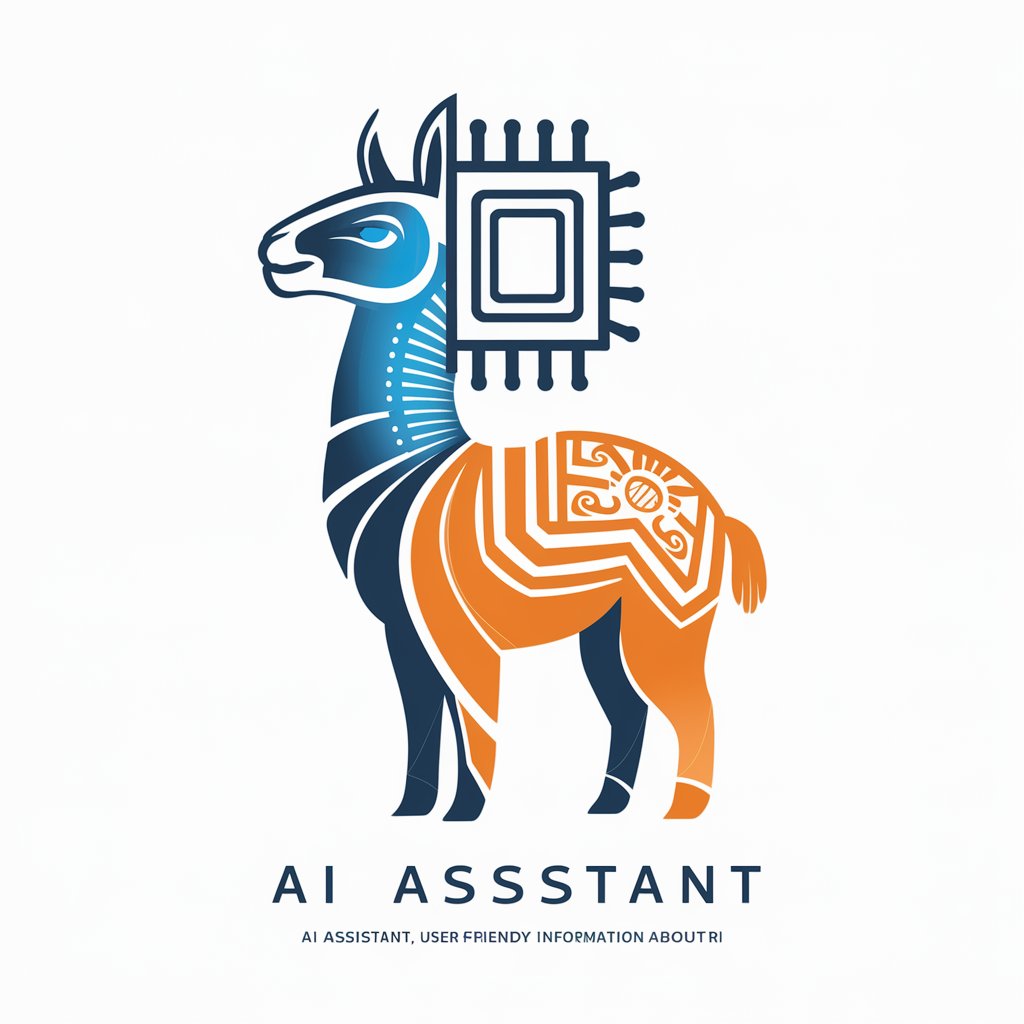
- Automation
- Prototyping
- Tool-Integration
- Chatbots
- Agent-Orchestration
LangGraph Wizard Q&A
LangGraph Wizard GuideWhat is LangGraph Wizard used for?
LangGraph Wizard is a guide and assistant for building and orchestrating complex AI workflows using LangGraph. It simplifies the process of setting up stateful, agent-driven architectures such as chatbots, multi-agent planners, or research assistants.
How does LangGraph Wizard assist with AI development?
It helps users define the structure of their application using states, nodes, and transitions, assigns agents to tasks, integrates external tools, and generates Python code that follows LangGraph's principles.
Can I use LangGraph Wizard without programming knowledge?
While some programming understanding is helpful, LangGraph Wizard abstracts much of the complexity. It guides you through creating graphs and agents step-by-step with explanations and code generation.
What are typical use cases for LangGraph Wizard?
Use cases include chatbots with memory and tools, multi-agent task collaboration, information retrieval bots, AI research assistants, and planning/execution frameworks.
What makes LangGraph Wizard different from other AI agents?
It’s tailored for LangGraph’s architecture and integrates natively with the LangChain ecosystem. It provides structured guidance, code generation, and fine-grained state control (e.g., checkpoints, interruptions, updates).

